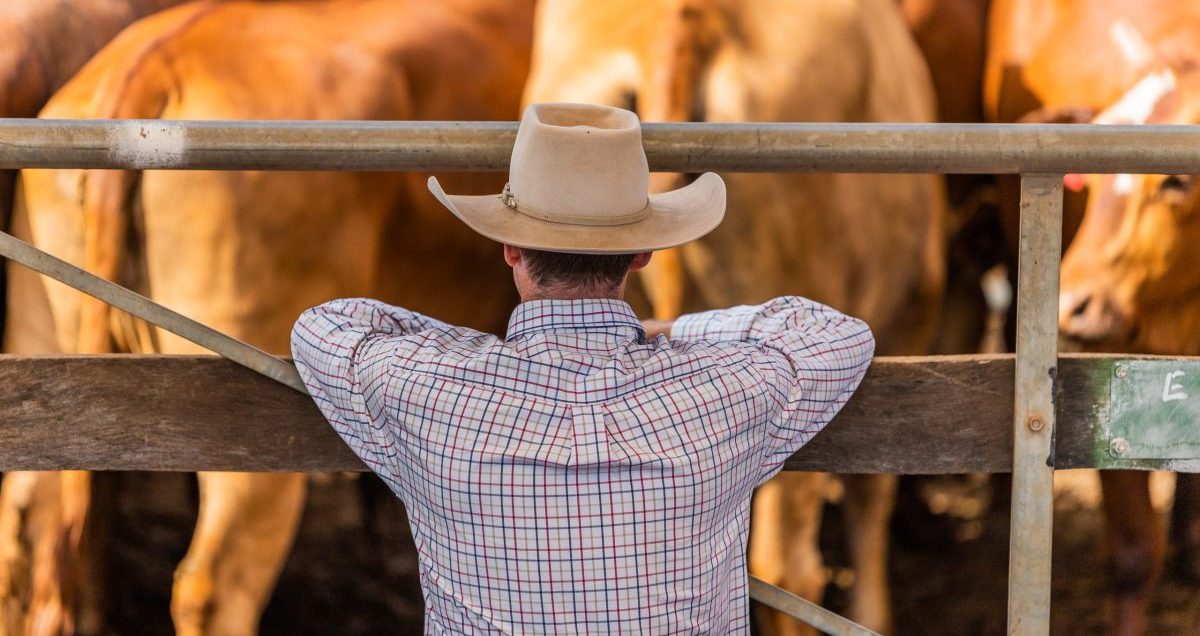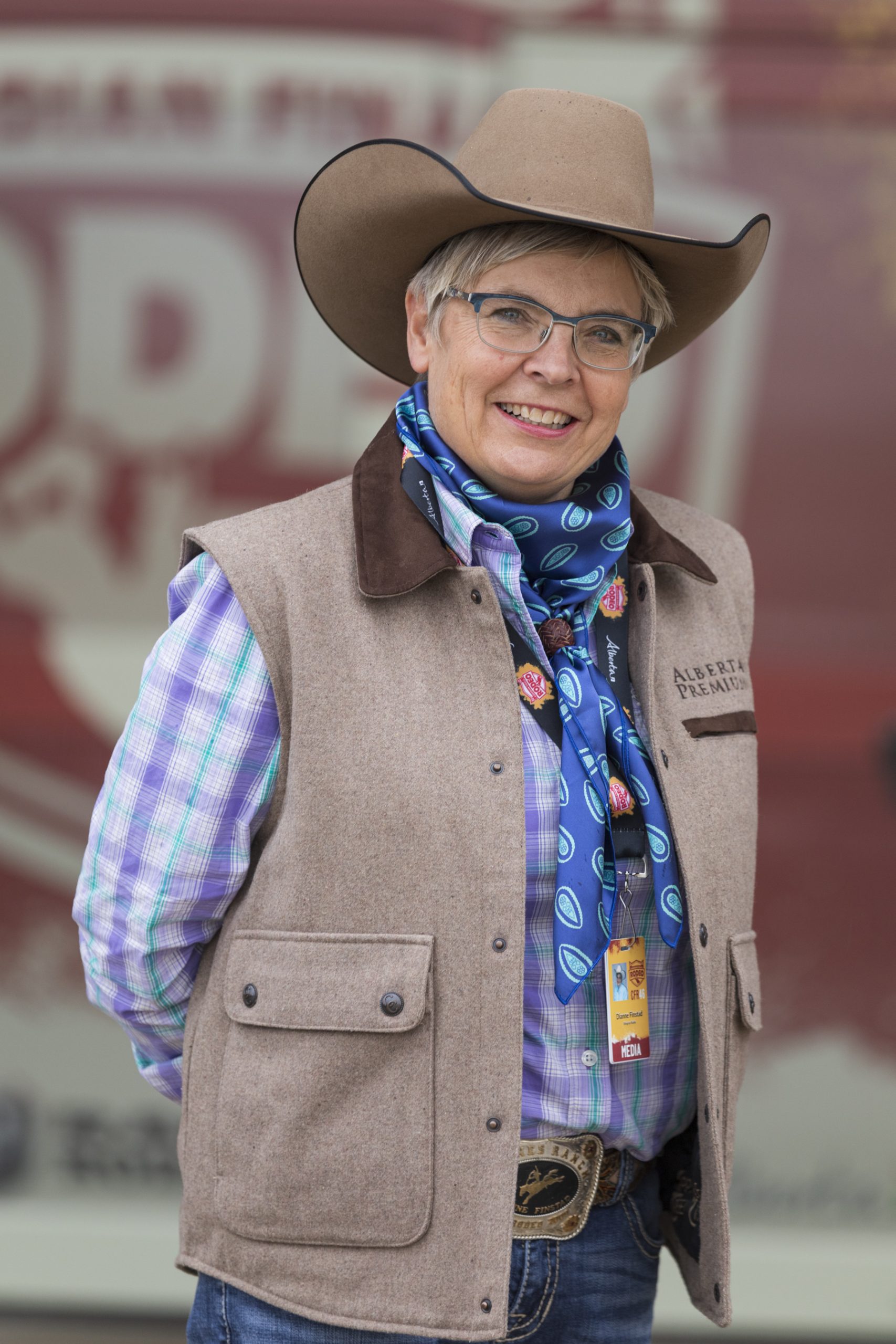AB Direct - Steers
Rail: 493.00-495.00 del
AB Direct - Heifers
Rail: 493.00-495.00 del
US Trade- Steers
Rail: 355.00 (IA, NE)
US Trade - Heifers
Rail: 355.00 (IA, NE)
Canadian Dollar
0.06

Auction market year in review
2022 will be remembered as a year of near record high fall calf prices, but also a time when auction market owners were watching some looming clouds on the horizon.
Not enough clouds, at least of the rain-filled type, showed up to save southern regions of the province from a third straight drought year. Ranchers managed to find some creative ways to get water for their herds through the summer, according to Bob Balog. But the Lethbridge-based long-time auction market owner is seeing the well run dry for many of them, literally, and more herd dispersals than he’d normally hold were on the books for late fall.
The situation is similar in the east country. Ian Goodbrand, who owns and operates Dryland Cattle Trading in Veteran, acknowledges drought conditions in his area were the same as the previous year, or maybe worse. (Early heavy snowfall was giving some hope of a turnaround.)
The market held steady through the fall run, with most auctions reporting calf prices $250-300 above last year’s prices, reflecting strong demand.
“The story of the fall is that calf prices are lots higher, but the strange thing is I’ve never seen less enthusiasm about owning a cow than I do right now,” says Goodbrand, who also runs a vet practice in the area.
Goodbrand had producers walk right up after they sold their calves to list their cows for sale as well.
“Nobody wants them – it’s funny to have a pretty good calf market and nobody wants their cows. We have twice as many cows booked right now as we sold all last year, and we’ll see more than that.”
For central Alberta, 2021 was an uncharacteristically dry year, so more cows than usual sold that fall. Duane Daines of the Innisfail Auction Market worried what that might mean for their calf volume this fall. He was happy to see the numbers holding up, as well as the prices for producers.
“We’ve had a good fall run. We had a big October and it was big last year too,” says Daines of their family-run auction business.
There were still some spotty moisture conditions in central Alberta in 2022, but Daines calls the region fortunate, compared to the year before when there was no hay put up, and the grass burnt off early. Timely rains helped assure an adequate feed supply that, along with the low Canadian dollar, helped support prices. But even at Innisfail, cow herd reductions were looking to come in above average.
“More guys getting out of it than are getting into it, that we’ve seen.”
Balog believes it’s more than just feed and water factors driving cows to markets these days. Typical rancher resilience is running thin.
“They’re mentally beat up, physically beat up, and financially beat up,” says Balog. “There’s a lot of people that are culling from 10 per cent to 50 per cent of their cow herds. They’re not going to buy hay in southern Alberta for a fourth year.”
Balog contends the trend isn’t only in the south. In talking to markets in the north, he says cows are coming to town there also, even though there’s better feed and water supplies.
“You’ll have the least number of cows January 1 in Western Canada that you’ve had for a lot of years. We’re cutting it pretty deep this time.”
Goodbrand always keeps the long-range picture in view, especially as he sees a similar cow herd liquidation continuing in the U.S. as well.
“One of the bigger questions to answer is…do we have enough cows to maintain our feeding infrastructure? Do we have a cow herd to be able to maintain packing capacity over the next two to three years?”
Like Balog, Goodbrand sees other influences over herd dispersal decisions, like the age and health of producers, lack of labour, and strong grain prices creating high demand for arable land.
Where he sees the biggest pressure is on those with a herd of around 300 head.
“Maybe that’s not a big enough ranch anymore. When the economy of scale passes those guys, that’s a critical point to me. That’s about the number of cows one guy can do. Maybe you need 500 cows and if you need 500 cows, where will you put them? It bothers me that the economy of scale is getting past what the farm size actually is.
“How high would calves have to get to change it? I actually don’t think we can get them high enough to change it.”
It’s something Balog wonders about too.
“To most people, high prices are not a big enough incentive to wipe out the last three years. Is it everybody? No, of course not. There are still people trying to buy cows. The world has not come to an end. There’s just not as much optimism as there used to be throughout the industry.”
“If grain comes down, it bodes well for future calf prices.
Ryan Kasko, Kasko Cattle Company
For us, the futures for next summer fat cattle look pretty strong,
so that’s allowing us to bid those high prices for calves today.”
Ironically, 2022 seemed to have been a steadier year in the usually volatile end of the business – the feedlots. Ryan Kasko is General Manager of Kasko Cattle Company in Coaldale. The family-owned custom cattle feeding and farming business includes four feedlots in southern Alberta, with capacity for 45 thousand head.
“Generally, it was a fairly stable year, as far as fat cattle prices go,” says Kasko.
But it wasn’t a year without challenges for that end of the industry either.
“It appeared Alberta packers had a lot of cattle around. There was a bit of a backlog getting cattle processed. It meant, especially in the last few months, we’ve had a big discount to the U.S. fat cattle market.”
Combined with the absence of American interest in Canadian finished cattle, it meant feeders were not able to share in the value of beef being processed stateside. Plus, there were regular delays in shipping to the plants, resulting in a shortage of pen space for incoming cattle as well.
“The big thing all cattle feeders are experiencing is a huge feed price increase, compared to last year,” adds Kasko.
Despite better overall crop production, global demand factors have kept prices for commodities like wheat and barley high. Barley that was running him around $375 a tonne in August bumped up to $460 a tonne in November.
“The good thing is it’s more accessible. Last year, we couldn’t even find barley and wheat because of the drought. This year you can find it, but it just comes at a huge cost.
“Calf prices are strong compared to historical levels. They would’ve been even higher if barley stayed at that $375. Hopefully ranchers are still happy they’re getting good money for their calves.
“If grain comes down, it bodes well for future calf prices. For us, the futures for next summer fat cattle look pretty strong, so that’s allowing us to bid those high prices for calves today.
“2022 was a pretty stable year, but there’s more optimism for 2023 than we have had,” notes Kasko.
Daines points out intentions don’t always match actions when it comes to selling mother cows. “Everybody says that, especially when the snow is blowing.
“A guy told me today, ‘I’m tired of all this,’ but who knows?” Prices below what they think their cows are worth, or the accountant warnings of tax implications can change plans. “Until you get them, you just never know for sure,” says Daines.
Goodbrand knows how he’d sum up 2022 in the cattle world. “The market is really good. To me the big story is high calf prices, high cow liquidation, and then a little essay on trying to figure that out,” he chuckles. “If I was writing a story, that’s what I would write.”
This article was first published in Volume 2 Issue 5 of ABP Magazine (December 2022). Watch for more digital content from the magazine on ABP Daily.

